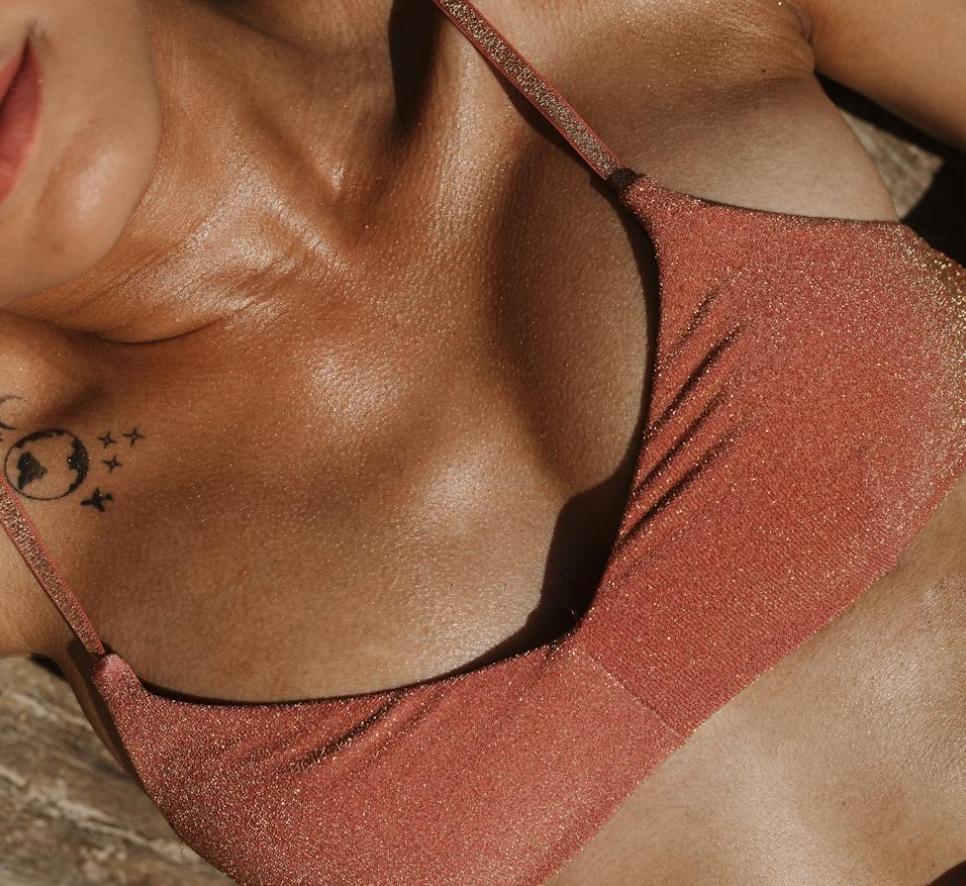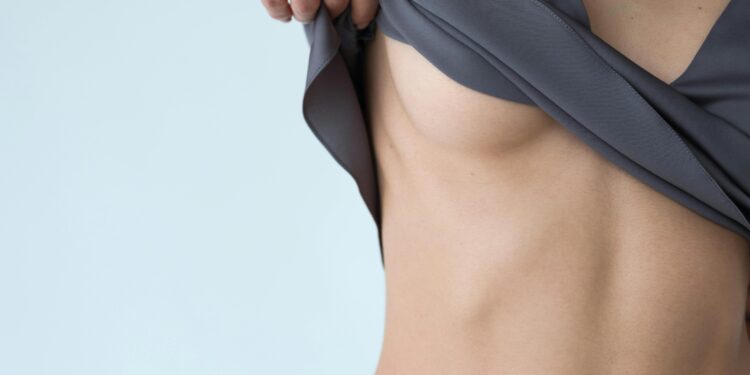Women with large breasts can perfectly relate to discomfort under breast blisters, especially in hot and humid climates. Under breast blisters are small sacs filled with fluid that develop in the skin beneath the breast. If these blisters aren’t treated on time, they can get infected and cause more problems.

Types of Under Breast Blisters
Friction Blisters: This is when the skin brushes against clothing or other skin, forming a tiny fluid-filled bump.
Intertrigo: Intertrigo is a condition in which skin folds remain moist for an extended period of time, resulting in redness and blisters.
Yeast Infections: Another cause of under breast blisters is a yeast infection. Because of the nature of the female under breast, it is almost constantly damp. Warm and wet areas are ideal for yeast infections to thrive. When they appear, that area becomes itchy and uncomfortable.
Allergic Reactions: The skin can react to lotions, soaps, or fabrics, resulting in blisters. Other causes include psoriasis and eczema, which can cause skin irritation and blisters under the breast.
Symptoms of Under Breast Blisters
If you have blisters underneath your breasts, you’ll experience:
- Pain
- Swollen skin
- Blisters and scrapes
- Itchy skin
- Stinging feeling
- Bad smell coming from the affected area under the breasts
Causes of Under Breast Blisters
Large Breasts: Large breasts cause deep skin folds beneath them, trapping moisture and heat and causing the skin to rub together. Because the skin is constantly moist and rubbing against clothes such as bras or bare skin, it can become red, and painful.
Obesity: Obesity can result in additional skin folds under the breasts, similar to having huge breasts. The folds trap sweat and moisture, which causes discomfort and blisters.
Excessive Sweating: Sweating a lot, especially in hot weather or after exercise, makes the skin under the breasts wet. This dampness sustains the skin, making it easier for friction or infection to cause blisters.
Tight-fitting Clothes: Clothes that are too tight, especially bras, can constantly rub against the skin under the breasts. This constant friction can wear down the skin over time, causing blisters to form.
Poor Hygiene: Failure to clean the area under the breasts on a regular basis can cause sweat, germs, and dead skin cells to accumulate. This makes it easier for the infections to grow.
Certain Medications: Certain medications, such as antibiotics or medications that produce excessive sweating, can increase your risk. These drugs trigger changes in the skin or immune system, making blisters more prone to developing.
When Should You See A Doctor?
Although having an under breast blister is common, there are some certain symptoms or signs that you may experience that will require you to visit a doctor. We’re talking about things like intense pain, which makes your everyday work harder to do, or if the blisters are not getting any better, or you notice pus or a bad smell oozing from the blisters, then you should see a doctor right away because infections can get worse if they are not treated.
Bottom Line
Blisters under the breasts can get worse if you don’t treat them. They usually happen because of moisture, rubbing, or irritation, especially if you have large breasts, sweat a lot, or wear tight clothes. You need to take care of them before they lead to infections. If you feel a lot of pain, the blisters don’t heal, or you notice things like pus or a bad smell, you should definitely see a doctor.

















